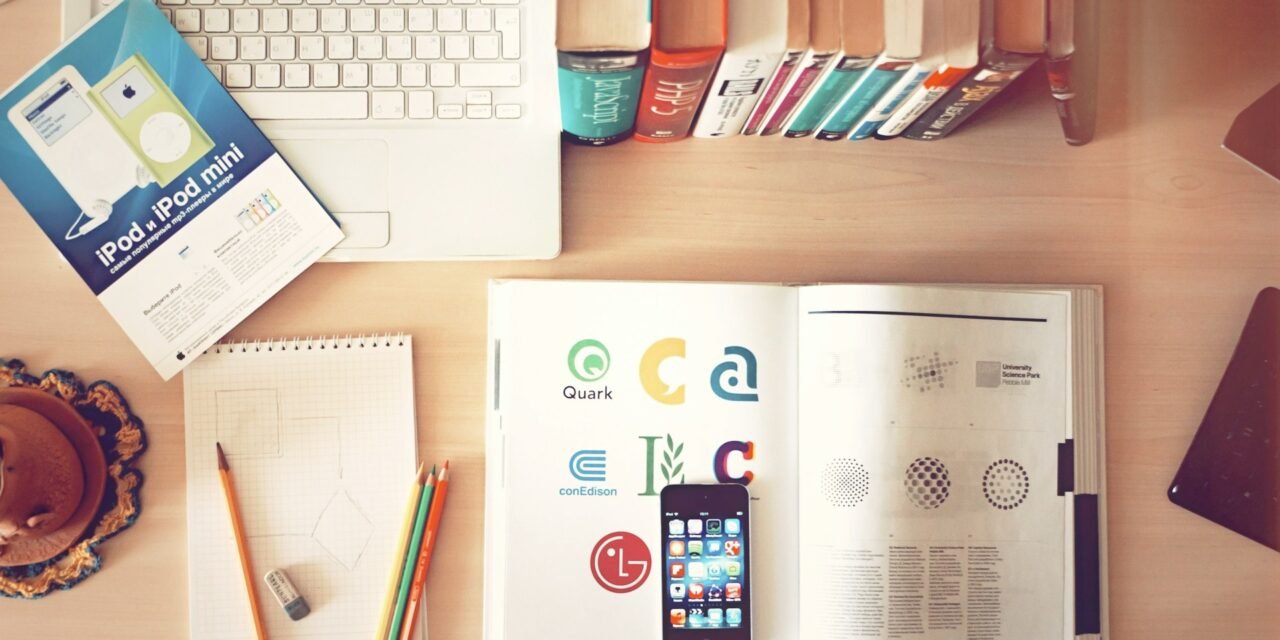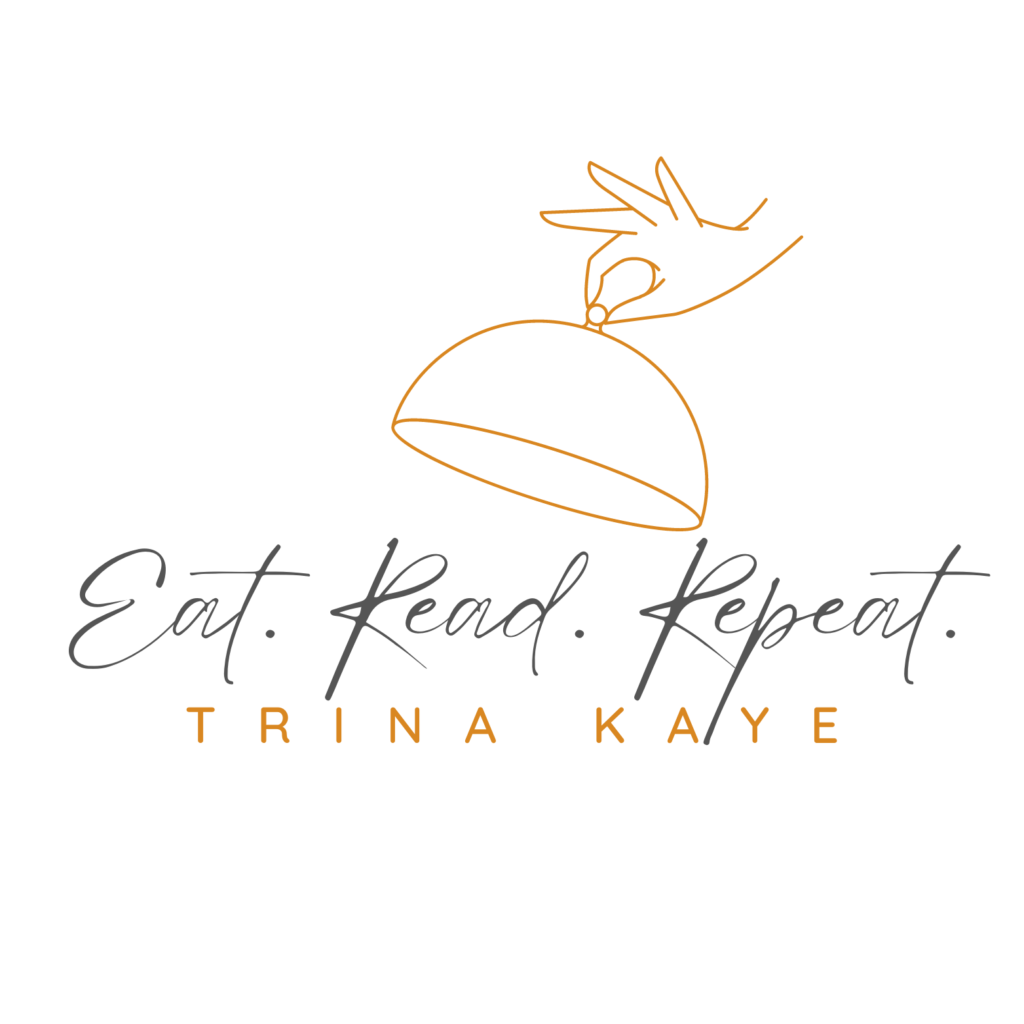
6 Tips for Enhancing Collaboration Between Designers and Manufacturers

Collaboration between designers and manufacturers plays a pivotal role in the competitive production landscape, where efficiency and innovation are key determinants of market success. With the global manufacturing market projected to grow by 1.15% from 2024 to 2029, reaching a market volume of $9.3 trillion in 2029 underlines the importance of seamless, effective collaboration across functions. This growth highlights the necessity for manufacturers to accelerate the introduction of cost-effective, high-quality products. As companies diligently work to sustain their competitive advantage, grasping the tools and strategies that bolster robust partnerships is critical. We will now delve into some actionable steps to enhance this collaborative effort.

Utilizing Technology to Bridge the Communication Gap
Technological strides have fundamentally reshaped how designers and manufacturers work together. A pivotal change is the adoption of specialized manufacturing software, improving project management and supporting instantaneous communication. The right manufacturing software enables the prompt distribution of updates, alterations, and fresh data.
This software seamlessly incorporates different phases of the production cycle from design to assembly, ensuring thorough supervision and empowering teams to work from a coherent knowledge base. This alignment not only keeps all involved parties in sync but also reduces delays typically caused by miscommunication or issues in data transfer. Employing the right software removes the need for repeated emails and manual updates, making the workflow more streamlined.
Setting Up Clear Communication Channels
Robust communication lays the groundwork for any successful collaboration. Designers and manufacturers must set up explicit communication protocols at the project’s start. Clear channels facilitate not just regular updates, but also enable spontaneous problem-solving and brainstorming sessions. This involves organizing consistent meetings, whether virtual or face-to-face and using project management tools to track progress and key milestones.
Communication platforms like Slack, Microsoft Teams, or integrated software tools provide real-time updates and synchronization, even across different time zones. These platforms can be customized with various integrations that automate routine tasks and compile reports, enhancing overall productivity. Moreover, establishing a defined hierarchy for decision-making and resolving disputes ensures efficient information flow among all parties. Regularly scheduled meetings with specific agendas boost the effectiveness and productivity of these sessions, encouraging the proactive addressing of issues.
Synchronizing Goals and Expectations
It is vital for all parties involved to align their goals and expectations at the beginning of any collaborative effort. This alignment can occur during initial workshops or strategy sessions where the project’s scope, timelines, and expectations are meticulously discussed and confirmed. Recognizing the technical and creative constraints each team faces helps avert misaligned expectations or unrealistic deadlines. By agreeing on the project’s objectives and responsibilities, the risk of conflicts or misunderstandings significantly decreases. Setting clear key performance indicators (KPIs) from the outset also ensures accountability and offers tangible metrics of success.
Applying Co-Design Techniques
Co-design techniques, where designers and manufacturers collaborate closely from the early stages of product development, can lead to more creative results and streamlined production. This early collaboration allows for a better understanding of material properties and design constraints, which can significantly enhance the product’s final performance. Involving manufacturers early helps pinpoint and tackle potential production issues before they turn into costly mistakes. This cooperative approach enables real-time feedback and continuous design modifications, greatly improving the product’s functionality and manufacturability.
Engaging in co-design not only optimizes product design but also fosters stronger relationships between team members, enhancing overall project cohesion. Applying co-design demands an adaptable mindset and a flexible approach to project management, where proposals and modifications are eagerly incorporated. Moreover, co-design fosters a collective commitment to the product’s success, ensuring that both teams are equally invested.
Enhancing Workflow and Documentation
Established procedures and comprehensive documentation are essential for preserving consistency and quality throughout a product’s lifecycle. By digitally archiving all changes and design iterations, teams can track the evolution of a product and ensure that no critical information is lost over the course of the project. By forming and adhering to standard operating procedures, designers and manufacturers can minimize errors and enhance efficiency. Uniform workflows guarantee that each team member understands their duties at every stage, cutting down on time spent on needless clarifications.
Effective documentation also supports training new team members, providing them with a detailed reference that accelerates their onboarding process. Furthermore, keeping detailed documentation ensures that all team members have access to the latest information, designs, and specifications, crucial for maintaining production quality and consistency. Employing cloud-based documentation tools also ensures that documents stay updated and reachable to all stakeholders, avoiding the use of obsolete or incorrect data.
Regular Feedback and Iterative Improvements
Establishing a system for regular feedback is crucial in any design and manufacturing process. This should include periodic reviews of the product as it progresses through various development and production stages. Feedback sessions should not only address potential improvements but also celebrate the milestones achieved, fostering a positive team environment. Setting a definitive schedule for feedback, following key milestones or at the end of development sprints, helps avoid delays and promotes ongoing improvement.
These reviews should be structured to encourage open and constructive dialogue, with each team member empowered to contribute their perspectives. Feedback mechanisms foster continuous enhancement and can identify potential issues early, reducing the cost and time associated with reworks. Both designers and manufacturers benefit from an environment that encourages continuous dialogue and idea exchange. The feedback system should also include mechanisms for swift implementation, ensuring that feedback leads to actionable changes.

Conclusion
Enhancing collaboration between designers and manufacturers involves more than just adopting new tools or processes; it involves cultivating a culture of continuous improvement and open communication. Robust collaboration can result in faster project completions, fewer errors, and ultimately, more innovative products entering the market. By adopting these strategies, companies can not only improve their operational efficiency but also create an environment that supports innovation and growth. As we continue to navigate the complexities of production and design, the quality and success of our outcomes will largely depend on the strength of our collaborative efforts. Let us strive to collaborate more effectively and intelligently.


































